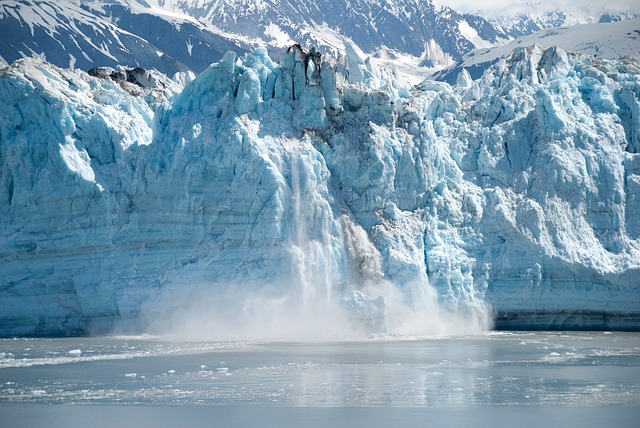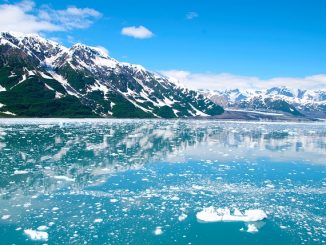
In 2006, the lowest record for November Arctic sea ice mass was recorded at around 3.82 million square miles (9.88 million square kilometers). Ten years later, based on a press release issued by the National Snow & Ice Data Center (NSIDC), that record has been eclipsed as Arctic sea ice mass was recorded at its lowest ever for any November. This 2016, it only extends to around 3.51 million square miles (9.08 million square kilometers) — that’s 309,000 square miles (800,000 square kilometers) lower than its November 2006 size.
The Antarctic figures aren’t any better. This November, Antarctic sea ice was also at a record low — 5.61 million square miles (14.54 million square kilometers). That’s 386,000 square miles (1 million square kilometers) lower than its previous lowest record set in 1986.
Combining both figures, we’re looking at polar ice loss that’s bigger than the size of India, or twice the size of Indonesia.
So what does this imply? It suggests we’re experiencing air temperatures that are higher than usual (36°F above normal), warmer ocean waters, and unfavorable winds (warm south winds instead of cold west winds).
But, it’s November. It’s supposed to be colder during this period — time for the poles to freeze back up and recover the ice lost over the warmer months. The fact that it’s the opposite shouldn’t even be surprising at all because it’s probably just another consequence of what we know has been happening for awhile — global warming.
Should we be worried? Yes. Should we be panicked? According to the Director of the National Snow and Ice Data Centy er (NSIDC), Mark Serreze, not yet. Why? Because of the difference between the behavior of the Arctic and the Antarctic.
The Arctic sits on top of an ocean surrounded by land. And it’s steadily been losing ice since 1978 — a predictable behavior that will probably mean that eventually, all of its ice will melt, leaving us with a wide open ocean.
In contrast, Antarctica is this vast continent surrounded by water. More importantly, its behavior is inconsistent and random. There are times when some of its ice sheets shrink too much that the whole mass almost seems to be falling apart. Then suddenly, new ice sheets spring up, and everything seems stable again.
And so while the Arctic is steadily deteriorating, the Antarctic remains an enigma because it can go either way. As Serreze told the Business Insider: “…if you look at your climate models they say the Arctic is where the real action is right now, and the Antarctic is this sleeping elephant that’s now beginning to stir.”
What does this mean for us? Nothing good. Unless by some miracle, the Antarctic shows super-strong resilience to compensate for the Arctic’s weakness. Otherwise, if it behaves the same way as the Arctic, then we might have to start building arks (like in the movie 2012) so we can survive what will likely result in worldwide flooding.
- Bulenox: Get 45% to 91% OFF ... Use Discount Code: UNO
- Risk Our Money Not Yours | Get 50% to 90% OFF ... Use Discount Code: MMBVBKSM
Disclaimer: This page contains affiliate links. If you choose to make a purchase after clicking a link, we may receive a commission at no additional cost to you. Thank you for your support!



How about instead of global warming. Let’s look at a theory called earth crust displacement from Charles Hapgood back in 1958.